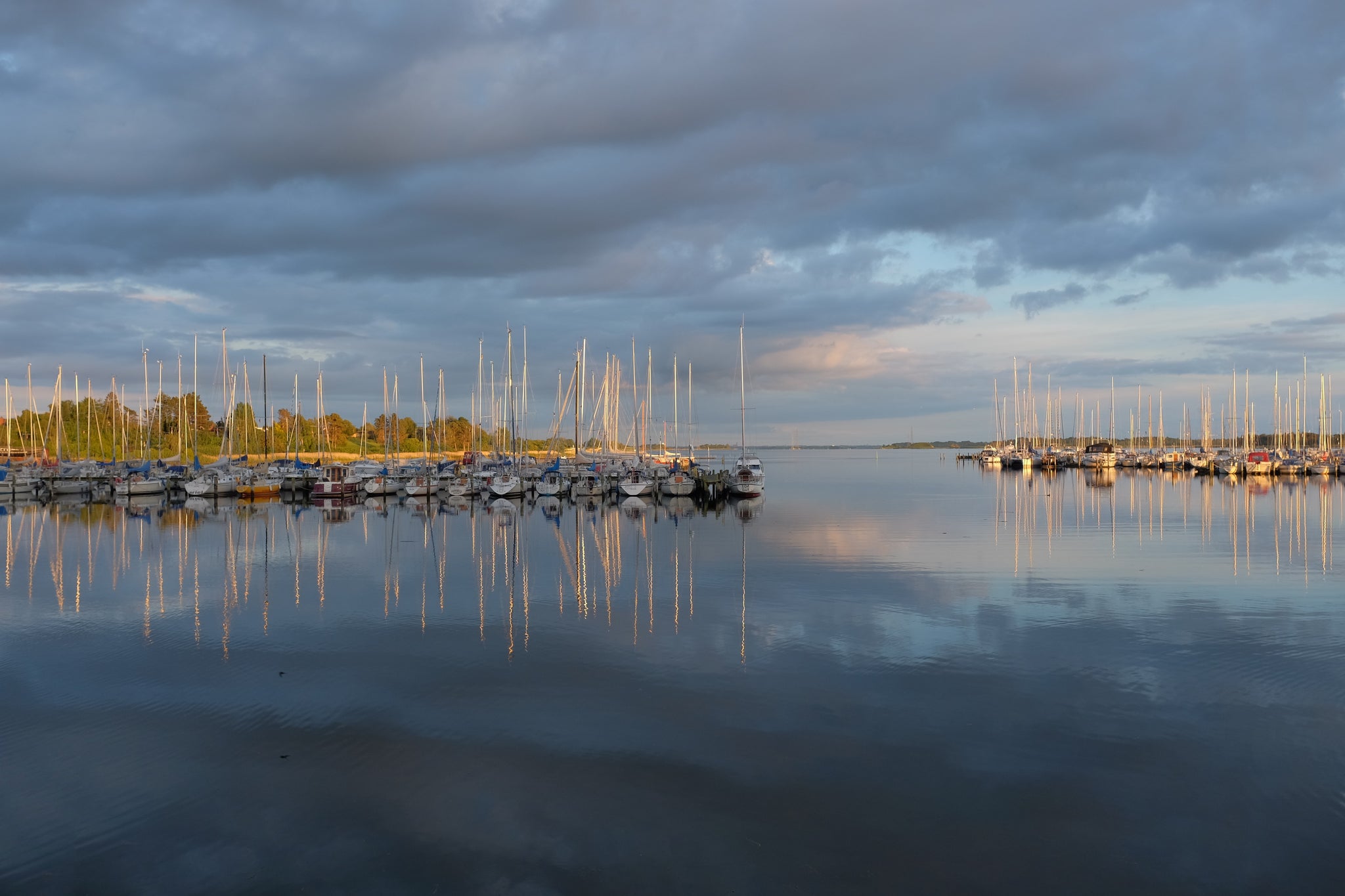
The harbours and bays in and around Sydney offer new and exciting fishing opportunities. Here, keen anglers can expect to reel in a variety of fish such as tuna, snapper and trout - if they're in the know that is.
Thankfully, we've got all the tips and tricks so everyone looking to take advantage of port, harbour and bay fishing has the best chance of success.
Here are all the secrets you wish you'd known sooner.
1. Select the best equipment
There are a range of accessories that will improve your chances of success when fishing amongst harbours and bays. Here are some important things to consider when packing your boat:
- Rod size: When fishing these parts, more often than not the fish will be right under your boat, so distance casting is rarely necessary. A strong 10-foot rod is an easy option that will support larger catches yet not interfere with nearby anglers.
- Type of bait: Live bait is a popular choice for people fishing in bays and harbours, especially when looking to catch species such as pollock and mackerel. These fish tend to prefer bait on the move rather than being static.
- Additional extras: As we'll explain later, the tide plays an important role in this type of fishing. Therefore, a long-handled net is crucial for when the tide drops out. Many large fish will use this break to try and escape, however a net reduces this risk by securing your catch quickly.

2. Time it wisely
Having the right equipment is pointless if you don't know the best time to cast your line. This knowledge can be the difference between a bountiful catch and a disappointing result.
The hours either side of sunrise and sunset are two of the most popular times for anglers looking to fish in harbours and bays. This is because many fish and marine creatures are more active during first and last light. Just take snapper for example. This sought-after catch will not come into the shallows in bright, sunny conditions, so fishing for snapper is best suited when light is low. Fishing at these times also means less bait in the water and therefore less competition for a bite.
Another factor to consider is tide times. But why?
- Tides produce current.
- Current moves small marine animals and plants as it moves.
- Fish congregate where this food is concentrated.
The above elements ultimately influence where and when anglers should fish if they want to see the best return.
As a general rule, a changing tide is a good time to fish as the rising water brings in bait fish, closely followed by their predators. As the tide moves out, these bigger fish move back into the water, which allows for interception. Therefore, anglers should employ heavier lines and tackle, alongside larger rods and reels.
Using tides to your advantage is a great skill to possess when fishing these waters, and apps like Tides Near Me make it easy to stay in the know!

3. Focus on structure
When deciding where to fish, take advantage of the structures around you. Piers, jetties and seawalls are just three examples of natural and manmade structures that attract various types of marine species. They act as sources of food and hiding places when hunting prey. Anglers may catch wrasse and pollock that typically live amongst the rocks and weeds at the bottom of harbour walls, as well as crabs and fry who savour the sanctuary. The patches of sand around these structures are also worth casting to as they provide habitat for plaice, flounders and other species of fish that like rocky ground.
Of course, fishing in these areas is no good without a fantastic boat. If you want to find out how you can upgrade your existing boat, pop into your local Hunts Marine store today.




